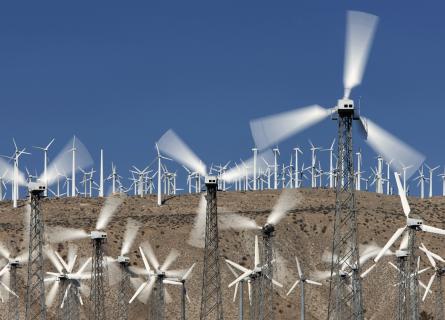
Fully decarbonising Europe’s energy system by 2050
Ed: This article predates November 2019, when ÅF and Pöyry came together as AFRY.
In November 2016, the Paris Climate Change Agreement was signed by more than 150 countries. Within the agreement they set themselves the ambition of limiting global temperature rises to 1.5°C. How can this be achieved?
Within Europe, there is a strong commitment to decarbonisation as it represents a continuation and strengthening of previously agreed targets in place for 2020 and 2030. However, how to reach such an ambitious 1.5°C limit is subject to much debate, often supported by philosophically held views and conflicting visions. To achieve the Paris Agreement’s 1.5°C objective it is widely accepted that this requires Europe to go beyond the previous 80% economy wide target by 2050 to a 95% reduction relative to 1990.
Such an ambitious reduction requires a full decarbonisation of the energy sector (transport, heat and power) alongside a significant reduction in other sectors (shipping, aviation, agriculture, food, other land use and waste).
Pöyry has published a study “Fully decarbonising Europe’s energy system by 2050”, which highlights the changes required to energy use in order to achieve full decarbonisation of Europe’s energy system by 2050.
This study investigates the key question: “How can a fully decarbonised energy sector be achieved and what are the risks of recluding options in favour of certain technologies?”
View a summary of the report below.
A full version of the study is available to Pöyry clients, if you are interested in purchasing this please contact Richard Sarsfield-Hall.






